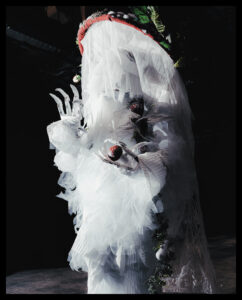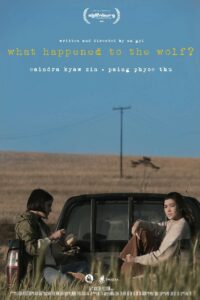Kubo and the Two Strings is a must-see 3D stop-motion animation that leaves you dizzy with childlike wonder.
After having watched it three times, I found myself saying “If you liked Spirited Away by Hayao Miyazaki, you will probably like this film as well.” Cue the gasps. Yes, I got the same irrepressible, eerie, wondrous, unique experience as I do in Miyazaki’s work. I hadn’t watched the trailer before going in the first time, so I didn’t fully know what to expect, but what I got was wonderful.
This wonder is almost able to mask the fact that — in a movie that has such strong Japanese overtones — the main characters were voiced by Caucasians. I’m still not fully convinced by Travis Knight’s casting decisions, but that does not take away from the beauty or power of the story.
Kubo and the Two Strings was emotionally powerful. It focuses on themes of unity and family, and explores the very broad ideas of home and stories. (Trying to not give away any spoilers but did “Fly home Kubo, fly home,” make anyone else choke up?) Is home the cavern on the outskirts of town where he lived with his fading mother, or is it among the town where the villagers listened intently to his stories and gave him a metaphorical home? The script held so much for viewers to take away and ponder over when walking out of the theatre — the way good films always do.
Artistically, the movie is absolutely breathtaking. If the plot doesn’t reel you in, go and watch the film for the art of it. The enchanting soundtrack, the colour splashes, scenery inspired by ancient Japan, shifts in lighting, and the smooth sophistication of the stop-motion in itself all collectively plays out so beautifully on the screen. Stick around through the credits at the end, because there is a little clip of the stop-motion process for one of the monsters, and it’s super rad. But if that’s not your thing, stick around for the gorgeous song that plays during the closing credits.














